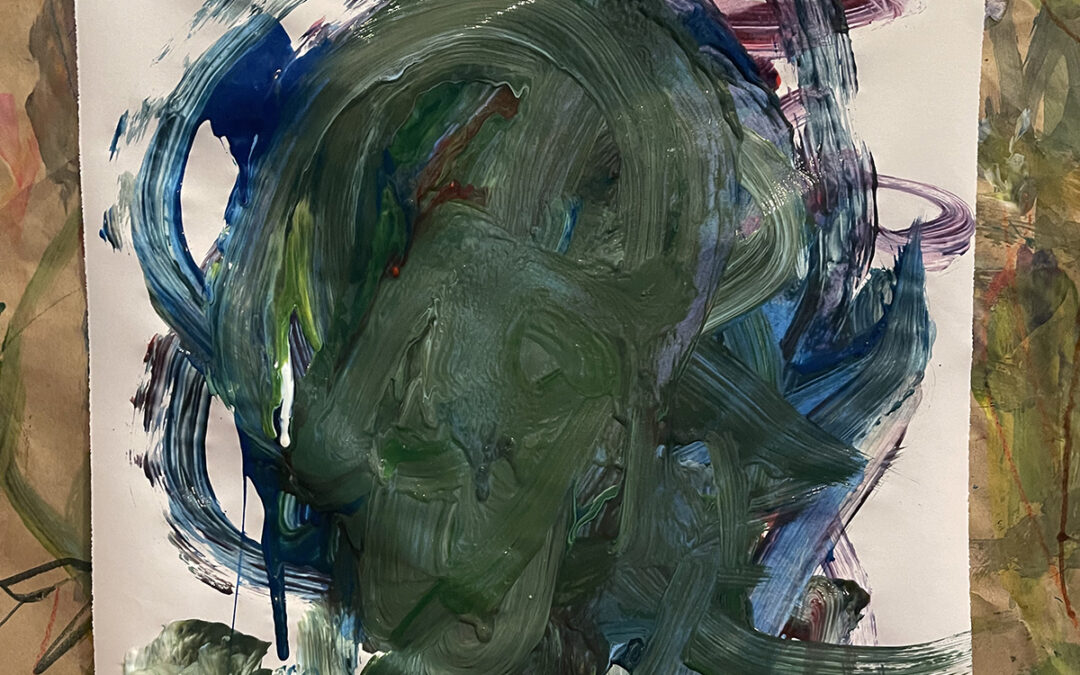Illustration of the Ineffable by Eff-reddy Davis, 3.
As we were engaged in conversation with a person whose story we’re telling for a client, they described the essence of their work on a given project as “ineffable.”
What does that even mean? And why does it matter so much?
Ineffable according to the Oxford English Dictionary is “too extreme to be expressed or described in words.” As in, the ineffable beauty of the Everglades. But in this case, it seemed this person meant it in a somewhat different way. They meant that you can feel the value of the work in a room where it’s being done. People interact differently as a result of being inspired. They see a different possibility for their future. It’s not entirely quantifiable. It’s ineffable!
Even writing about the ineffable is a bit ineffable. But great writers and storytellers throughout history have grappled with similar themes. That’s what makes our craft worthwhile. It’s also worth noting that we were inspired to talk about the ineffable after somebody else mentioned it. You can’t claim an ownership stake in the ineffable. It’s not anyone’s individual idea. It did cause us to reflect on our own approach to storytelling. How does ineffability show up in our work?
It’s appropriate that this conversation came up during what might once have been called a “case study” interview. Even the language of “case studies” has evolved from Harvard Business School, which first used business examples to study management in 1921. It’s a profit-motivated thing, the case study. It tries to pin down in qualitative terms something that might otherwise escape our grasp. Yet we were talking in reference to not-for-profit work where funders still typically need to pin down results for their grant reports. But the ineffable isn’t something you can track. And yet it can be the entire reason something succeeds.
We weren’t doing a “case study”. We were consciously engaged in interviewing to do some storytelling about the work being done, and not in studying it abstractly like a specimen in a laboratory. A key part of the storytelling is to convey the emotional impact of the work for the people involved. How does the community feel about being part of it? How does it feel different from working with other well-meaning organizations in the past? How can they trust this work, rather than feel wary of it?
That’s where the ineffable comes up. You find it in the arts. You find it in the theatre. It is often what makes creative work, well, work. It takes the audience and creative collaborators into new, unexpected, even challenging spaces.
The ineffable also comes up in how people work together. Can you make mistakes? We often tell one another “it’s okay to make mistakes”, but how do we design the way we work together so that there is a level of trust to do great work? How do we create an environment that’s truly supportive of community, especially when often, it can be so hard to define?
The point is: the ineffable isn’t the same as something being elusive. The ineffable is what arises, what you feel, the way you can connect with different people, when a space is set up for it to emerge. To allow for the ineffable in storytelling requires protection of something delicate, which itself, requires strength and intention. It also takes experience. Openness. Time. And yes, it often benefits from funding. But the funding isn’t the point. And that’s the point. It’s ineffable!
Together, we’ll get you through it. Let’s chat!
Ellen Mendlow and Matt Davis are the co-founders of TwoMindsComms.com

